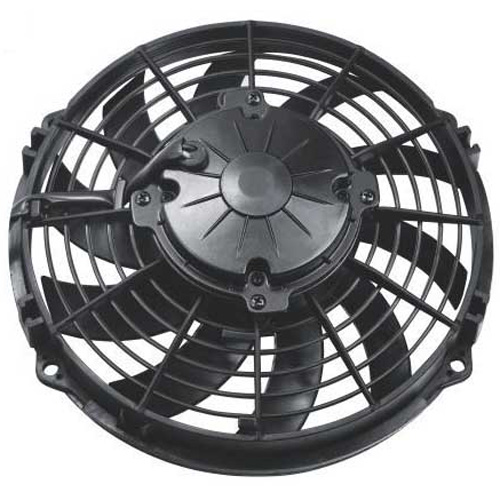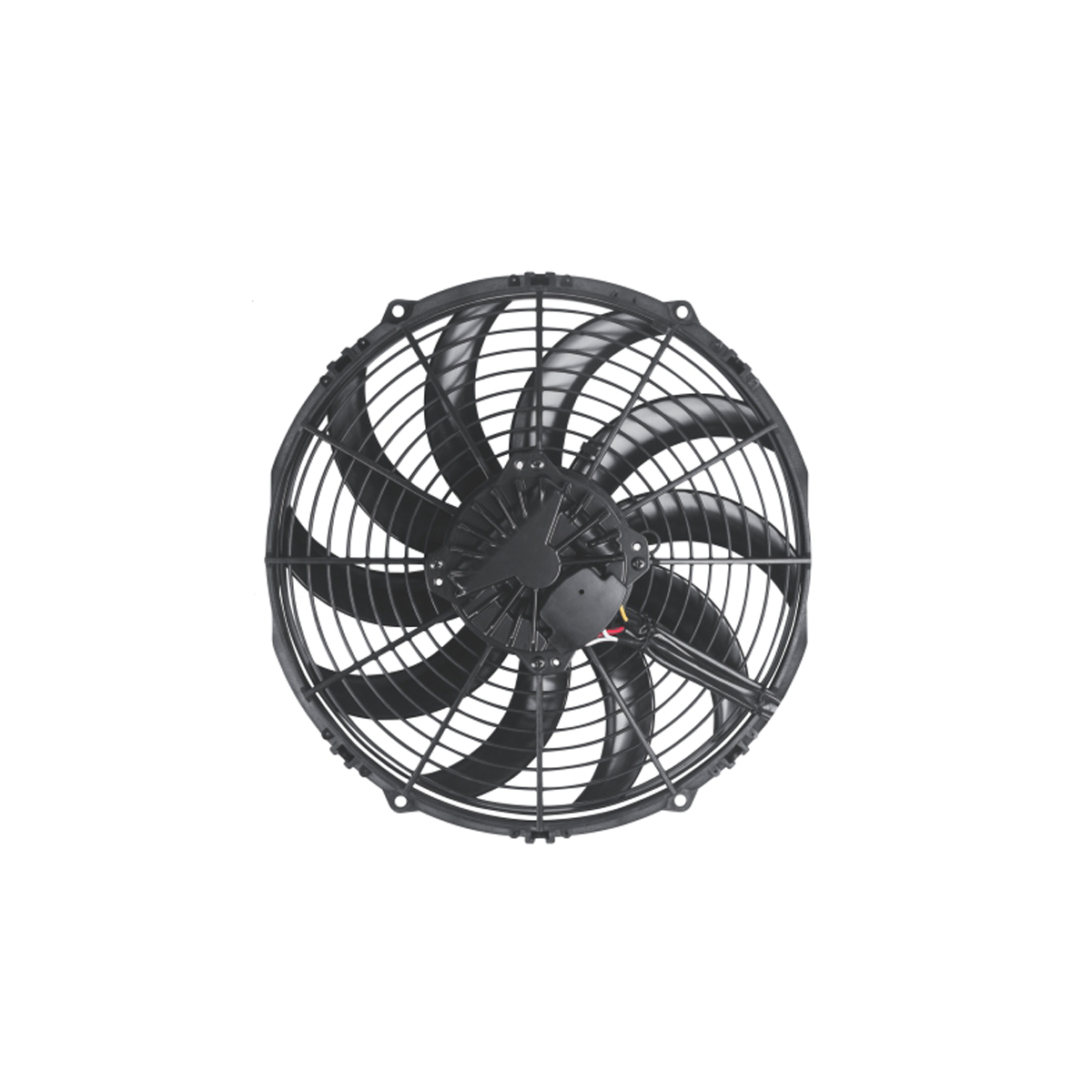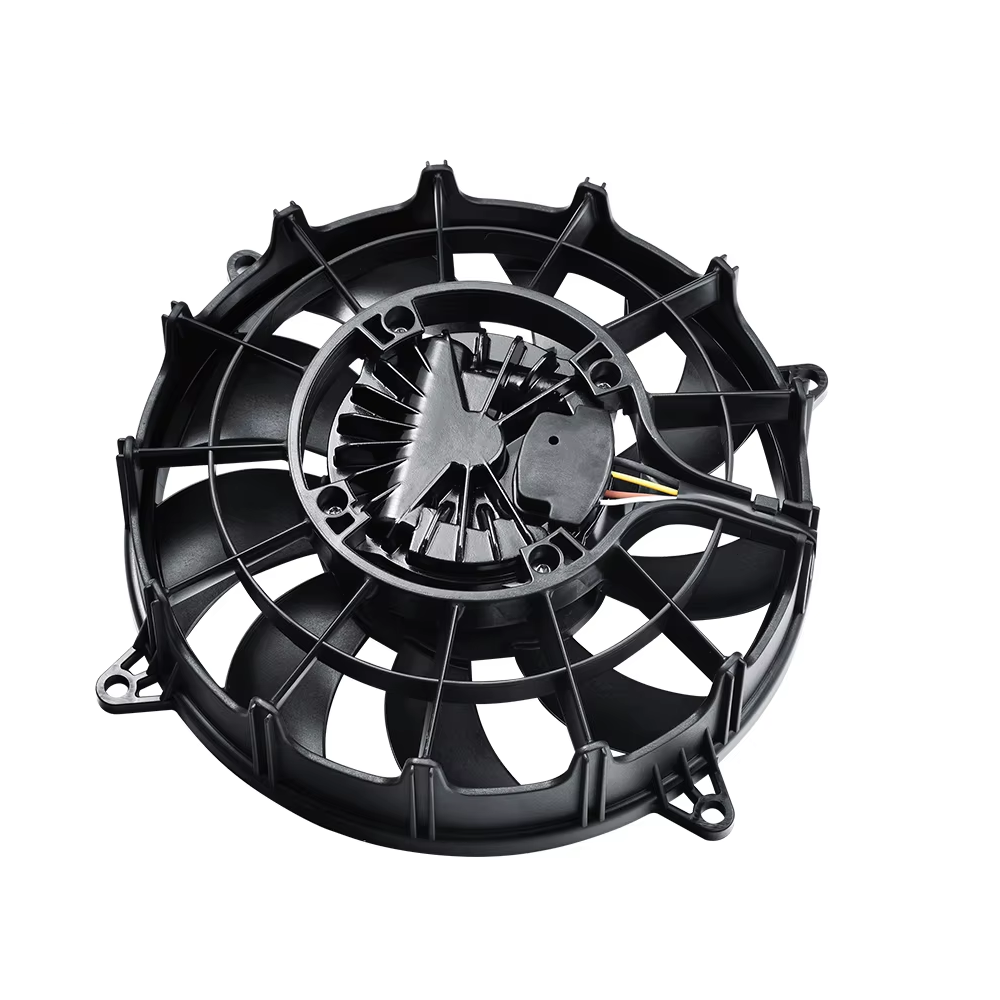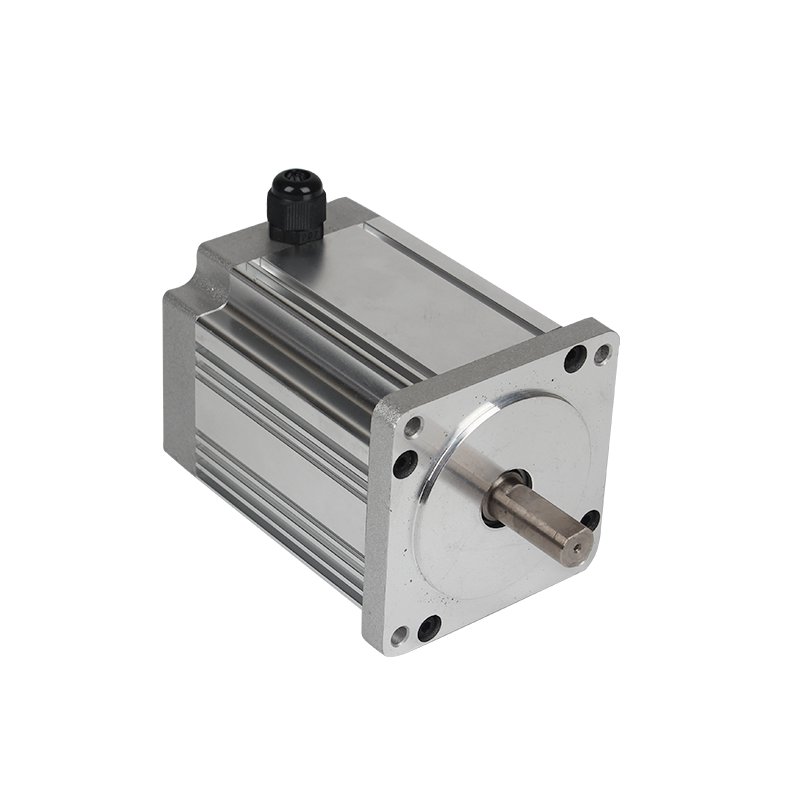When it comes to choosing the right axial fan for your application, understanding the key differences between AC (Alternating Current) and DC (Direct Current) fans is crucial. Both types of fans have distinct characteristics and benefits, making them suitable for different environments and requirements. This article will explore the differences, advantages, and considerations for AC and DC axial fans, helping you make an informed decision for your specific needs.
Understanding AC and DC Axial Fans
AC Axial Fans: AC fans are powered by an alternating current, which means the electric current periodically reverses direction. These fans are commonly used in applications where a constant and steady air flow is necessary. They are particularly favored in industrial and commercial settings where they can be directly connected to a power source that provides AC electricity.
DC Axial Fans: DC fans, on the other hand, are powered by a direct current, meaning the electric current flows in only one direction. DC axial fans are typically more energy-efficient and capable of running at variable speeds controlled by varying the voltage supplied to the fan. This makes them ideal for applications requiring energy efficiency or where precise airflow control is needed, such as in electronic devices or variable climate conditions.
Key Differences Between AC and DC Axial Fans
- Power Consumption and Efficiency: DC fans generally consume less power than AC fans, making them more energy-efficient. This is particularly important in applications where power usage impacts cost and environmental considerations.
- Speed Control: DC fans offer easier and more efficient speed control compared to AC fans. Speed control in DC fans can be achieved through simple voltage adjustments without needing complex frequency controllers.
- Noise Levels: DC fans are usually quieter than AC fans, making them suitable for environments where noise is a concern, such as in residential or office settings.
- Durability and Reliability: AC fans are often more durable and suited for harsh environments, making them preferable in industrial applications.
- Cost: Initial cost for DC fans can be higher than AC fans due to their more complex electronic control systems. However, the lower operational cost and energy savings often offset the higher initial investment over time.
Choosing Between AC and DC Axial Fans
The choice between an AC and DC fan largely depends on the specific requirements of your application, including:
- Power Availability: Choose an AC fan if your primary power supply is AC, as is common in most industrial environments. Opt for a DC fan if your application involves batteries or renewable energy sources.
- Energy Efficiency Needs: If energy efficiency is a priority, a DC fan is likely the better option. It is especially relevant in energy-sensitive environments like data centers and residential applications.
- Noise Sensitivity: For applications where noise levels are a concern, such as in home appliances or office equipment, DC fans are advantageous due to their quieter operation.
- Cost Considerations: Consider the total cost of ownership, which includes not just the purchase price but also operating costs over the fan’s lifespan. DC fans might have a higher upfront cost but can be more cost-effective long term due to lower energy usage.
DC Axial Fans Products List
Conclusion
Both AC and DC axial fans offer specific advantages depending on the application requirements. By assessing your needs in terms of power availability, energy efficiency, noise level, and cost, you can choose the most suitable fan type for your project.
For those looking to explore a range of DC axial fan options, including the popular 24V models, visit FY Motors for quality choices that meet various application demands.
Further Reading
For more in-depth comparisons and technical details on axial fans, visiting technical resource sites like ThomasNet can provide additional valuable insights.
Choosing the right axial fan—be it AC or DC—ensures efficient, reliable, and cost-effective operation, meeting the specific cooling and ventilating needs of your application.





